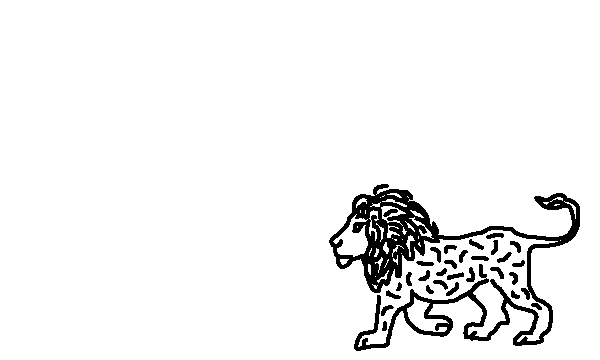Dispersal of individuals is a fundamental process governing the dynamics of socially and spatially structured populations. There is, however, a mismatch between our understanding of the complexity of dispersal and our representation of dispersal in population dynamic models. This is particularly the case for species characterized by long-distance dispersal, such as the African wild dog, as the fate of dispersers is often unknown and consequently neglected.
The Okavango Delta represents one of the strongholds for this endangered carnivore in southern Africa and, through dispersing individuals, the resident population likely acts as a source population for the natural re-colonization of the surrounding regions. Under these circumstances, understanding mechanisms and patterns of wild dog dispersal, and its demographic consequences are fundamental for the management and conservation of the species across the broader landscapes of Southern Africa such as the Kavango Zambezi Transfrontier Conservation Area (KAZA/TFCA).
The aim of this project is to bring together novel information on dispersing individuals and 25 years of individual-based life-history data from resident groups to provide an explicit investigation of dispersal in African wild dogs. We deploy GPS/Satellite radio collars on subadult African wild dogs that disperse from their natal group, to collect information on dispersal patterns, habitat use during dispersal, survival, settlement success in a new territory, and reproductive success of newly formed packs. This information on dispersing individuals will be merged with existing long-term demographic data on resident groups to inform a spatially explicit demographic model at an unprecedented level of detail. By placing dispersal into a wider ecological and demographic context, this project will increase our fundamental biological understanding of dispersal and help improve our ability to predict and manage the responses of endangered carnivores to environmental and anthropogenic perturbations. This project will provide an important scientific insight for evidence-based conservation of the African wild dog, but also for other wide-ranging carnivores such as the cheetah and the lion.
This project is a collaboration between the Population Ecology Research Group at the University of Zurich (Switzerland) and the Botswana Predator Conservation Trust (Botswana).Financial support to the Dispersal Project has been granted by University of Zurich, National Geographic Society, Idea Wild, Jacot Foundation, Parrotia Foundation, Temperatio Foundation, Basler Foundation for Biological Research, and Wilderness Wildlife Trust.

POST-DOCTORAL RESEARCHER
GABRIELE COZZI, PHD
Gabriele’s first exposure to African carnivores dates back in 2003 when he joined a team of researchers working on leopards and lions in southern Botswana. In 2006 he joined BPCT as a research assistant and started developing his own research questions. In 2008 he started his PhD project with Zurich University (Switzerland) investigating patterns of spatial and temporal segregation between African wild dogs, spotted hyenas and lions. In 2013 Gabriele was awarded the Prize for Nature and Environmental Conservation through the Zoological Society of Zurich in recognition of his PhD work contributing to wildlife conservation in Botswana. Gabriele’s main interests lie at the interface between spatial and movement ecology, population ecology, animal conservation and management, and after his PhD his research interests brought him back to Europe. Here he worked on brown bears and wolves investigating landscape use and recolonization patterns in a human-dominated landscape. Gabriele is currently a Post-doctoral researcher with the Population Ecology Research Group of the University of Zurich, and has been studying dispersal patterns in Kalahari meerkats for the past three years. In 2015 he re-joined BPCT where he initiated the wild dog dispersal project. The aim of the project is to collected much needed demographic information on dispersing wild dog and, by combining this information with long-term demographic data on resident groups, to inform a comprehensive demographic model that will help understanding new challenges and avenues in wild dogs conservation.


Dive straight into the feedback!Login below and you can start commenting using your own user instantly